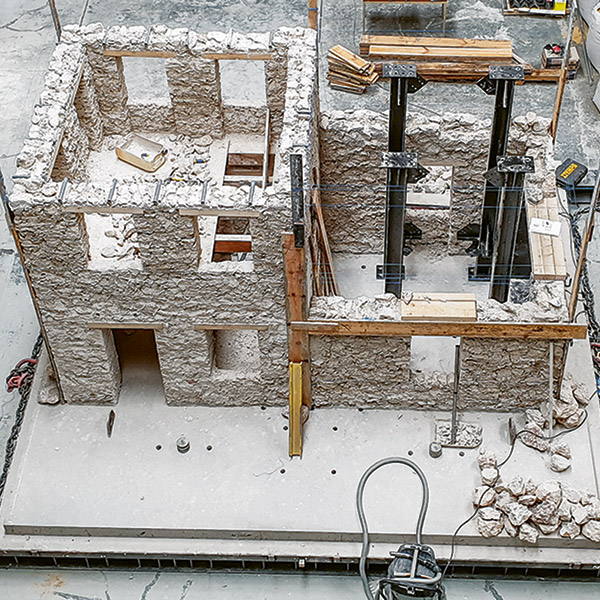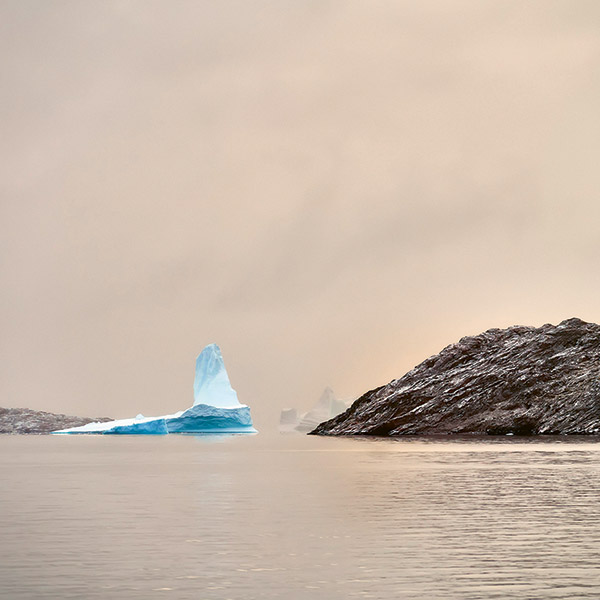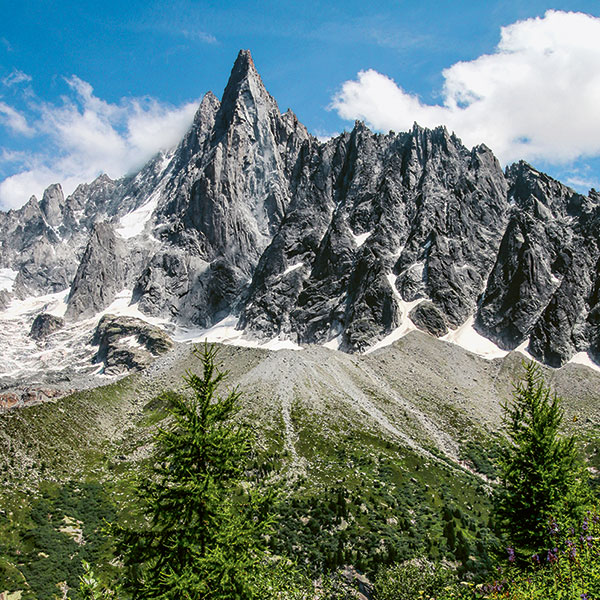IN PICTURES
The poetics of unstable cracks
When materials break, researchers speak of ‘catastrophic failureʼ. The results have an aesthetic all of their own.

Image: John Kolinski
Sometimes, research can teach us lessons about life. And sometimes it can visualise these lessons – as is the case of this picture. Its message is: something beautiful can emerge from what is broken. What looks like a sandy seabed with algae or creeping plants is nothing more than a tiny piece of brittle hydrogel that has been stretched and subsequently had a small groove cut into it. This cut triggered what researchers call ‘catastrophic failureʼ. It specifies the point in time when engineers have to assume that a structure has actually broken – e.g., when a glass falls to the ground and shatters.
There is a poetry to this photograph as it shows how the rupture moves in time and space – albeit in the smallest possible space and in the blink of an eye. The dots in the middle show the notch, while the thin lines are the resultant rupture. What look like little black worms wriggling towards it from the top and bottom of the photo are wrinkles that form when the energy of the rupture causes the material to rise up.
“I think it looks wonderful”, says John Kolinski, an engineer and the head of the Laboratory for Engineering Mechanics of Soft Interfaces at EPFL. For this image, he and his team used a high-speed camera that can shoot 13,000 photos per second. They synchronised the camera with a high-power LED lamp, and attached it to a microscope. They then composed this photo from the individual images taken over several milliseconds. “It underlines the power of visual impressions that can make you pause, and want to see more”, said the jury of the SNSF Scientific Image Competition, which honoured the photograph with an award. For Kolinski, it is “valuable recognition of what I love most about my field of research: it is accessible, tangible, and visible”.




